Who doesn’t love a good sandwich on white bread? We gathered ten popular white bread brands from grocery store shelves and put them to the test. We evaluated each loaf on texture, flavor, sandwich-making ability, and toast quality. Some surprised us with their bakery-fresh taste while others left us wondering how they became bestsellers.
1. Wonder Classic White Bread: The Childhood Favorite
Remember those PB&J sandwiches from elementary school? Wonder Classic White likely made those memories possible. The iconic bread offers a cloud-like softness that compresses satisfyingly when pressed.
We found it makes a decent foundation for simple sandwiches, though it tends to turn slightly gummy when paired with wet ingredients. Its thin slices toast quickly but don’t expect much substance or chew.
While not the most nutritious option, Wonder Classic delivers consistent reliability and that unmistakable nostalgic flavor that transported several testers back to their lunch box days. For basic sandwich needs and quick toast, it remains a pantry staple for many American households.
2. Sara Lee Artesano Bakery Bread: The Upscale Contender
Sara Lee’s Artesano line attempts to bridge the gap between mass-produced and artisanal bread, and it largely succeeds. The substantial, slightly thicker slices have a satisfying chew that stands up remarkably well to hefty sandwich fillings.
The texture offers more substance than traditional white bread without venturing into whole grain territory. Though priced higher than basic white bread options, Artesano delivers genuine value with its versatility.
It excelled equally in French toast applications and as a base for garlic bread. For those willing to spend a bit more for elevated everyday sandwiches, this bread delivers noticeable quality improvements.
3. Nature’s Own Perfectly Crafted White Bread: The Clean Label Champion
Health-conscious shoppers will appreciate Nature’s Own commitment to removing artificial preservatives and colors from their Perfectly Crafted line. The bread offers a pleasantly dense texture with a tight crumb structure that prevents tearing.
The flavor profile leans slightly sweet with a genuine wheat undertone that many mass-produced white breads lack. While some testers found it less pillowy than traditional white bread, most appreciated the substantial mouthfeel. It toasts evenly to a beautiful golden brown and maintains a crisp exterior while staying tender inside.
For families seeking a cleaner ingredient list without sacrificing the appeal of white bread, this offers an excellent compromise.
4. Pepperidge Farm Farmhouse White Bread: The Premium Everyday Option
Pepperidge Farm’s reputation for quality extends convincingly to their Farmhouse White offering. The hearty slices have a distinct bakery-fresh aroma that impressed our testers immediately upon opening the package. The bread features a balanced sweetness that enhances rather than overwhelms sandwich fillings.
Its sturdy structure held up admirably in our cold sandwich test, maintaining integrity even after several hours in a lunch bag. Where this bread truly shines is in toasting applications – it achieves that perfect balance of crisp exterior and tender interior that lesser breads struggle to deliver.
While it commands a higher price point, the quality justification is evident in both taste and performance. For those who consider toast a serious breakfast component, this bread deserves a spot in your rotation.
5. Sunbeam Enriched Old-Fashioned White Bread: The Budget-Friendly Basic
Sunbeam presents itself as the everyman’s bread – affordable, widely available, and consistently mild in flavor. The slices are uniformly thin with that characteristic softness that compresses easily under pressure.
Sunbeam performed adequately for basic sandwich applications but struggled with heavier or wetter ingredients. The bread’s texture lacks the structural integrity of pricier options, sometimes becoming paste-like when combined with mayo or other condiments. Its mild flavor neither enhances nor detracts from sandwich fillings, acting as a neutral vehicle for stronger flavors.
When toasted, it requires careful monitoring to avoid burning due to its thinness. For budget-conscious shoppers or those with simple sandwich needs, Sunbeam delivers acceptable performance without breaking the bank.
6. Great Value White Sandwich Bread: The Surprising Store Brand
Walmart’s house brand delivered unexpected quality that challenged our preconceptions about store brands. The bread offers a consistently soft texture similar to more expensive national brands at a significantly lower price point.
The bread performed admirably in basic sandwich construction, though it did compress somewhat under pressure. Where this bread falls short is longevity – it seemed to stale slightly faster than premium options despite similar packaging.
However, for families who go through bread quickly or shoppers on tight budgets, Great Value represents one of the best value propositions in our lineup. It proves that store brands can sometimes compete effectively with established national brands.
7. Market Pantry White Bread: The Underwhelming Economy Option
Target’s Market Pantry bread unfortunately embodied many of the stereotypes associated with budget store brands. The slices exhibited inconsistent thickness throughout the loaf, with some notably thinner toward one end.
Flavor-wise, we noted an artificial sweetness that lingered unpleasantly after eating. The texture proved problematically fragile during sandwich assembly, tearing easily when spread with firmer condiments like cold butter or thick peanut butter. When toasted, the bread browned unevenly and developed a somewhat cardboard-like texture rather than the desired crisp exterior.
While the price point is certainly attractive, the performance compromises were too significant for most of our testers to recommend this option. Even budget-conscious shoppers might find better alternatives that offer improved quality without much additional cost.
8. Oroweat Country White Bread: The Heartier Alternative
Oroweat’s Country White occupies an interesting middle ground between traditional white and heartier breads. The substantial slices have a noticeable heft and slightly coarser texture that suggests quality.
It handled everything from slippery cold cuts to chunky chicken salad without compromise. The flavor offers subtle complexity with notes of real wheat that elevate rather than compete with fillings. This bread truly excels when toasted, developing a beautiful golden color and satisfying crunch while maintaining tenderness inside.
Though priced at a premium compared to basic white breads, Oroweat delivers tangible quality differences that justify the cost. For those seeking a more substantial white bread without committing to whole grains, this provides an excellent transitional option.
9. Aunt Millie’s Best Grains White Bread: The Midwestern Standout
This regional favorite surprised our coastal testers who weren’t familiar with the Midwestern brand. Aunt Millie’s offers a distinctive texture that balances softness with substance, avoiding the excessive fluffiness that makes some white breads collapse.
The flavor profile features a pleasant wheaty backdrop with just enough sweetness to enhance rather than dominate. In our sandwich durability test, this bread maintained its structure impressively, even after sitting with condiments for several hours. When toasted, it develops a delightful crispness while retaining a tender interior.
Though availability might be limited depending on your region, Aunt Millie’s demonstrates why it has earned such loyal followers throughout the Midwest. It delivers consistent quality at a reasonable price point.
10. Schmidt Old Tyme White Bread: The Regional Disappointment
Despite its charming name and nostalgic packaging, Schmidt’s Old Tyme White failed to impress our testing panel. The bread arrived somewhat compressed in its packaging, requiring gentle handling to separate slices without tearing.
Flavor-wise, testers noted an odd artificial sweetness followed by a slightly chemical aftertaste that lingered unpleasantly. The texture proved inconsistent throughout the loaf, with some slices exhibiting decent structure while others seemed underbaked and doughy in the center. When toasted, the bread browned quickly at the edges while remaining pale in the center, suggesting quality control issues.
While we acknowledge regional preferences may vary, our diverse testing panel unanimously ranked this among their least favorite options. The combination of textural problems and off-putting flavor notes made this bread difficult to recommend despite its loyal Northeastern following.
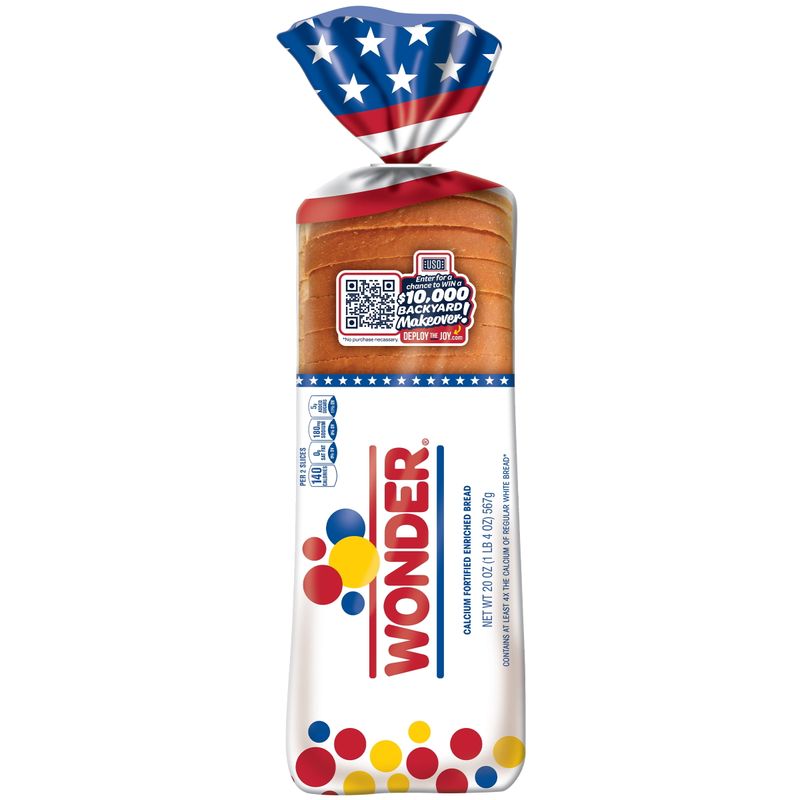

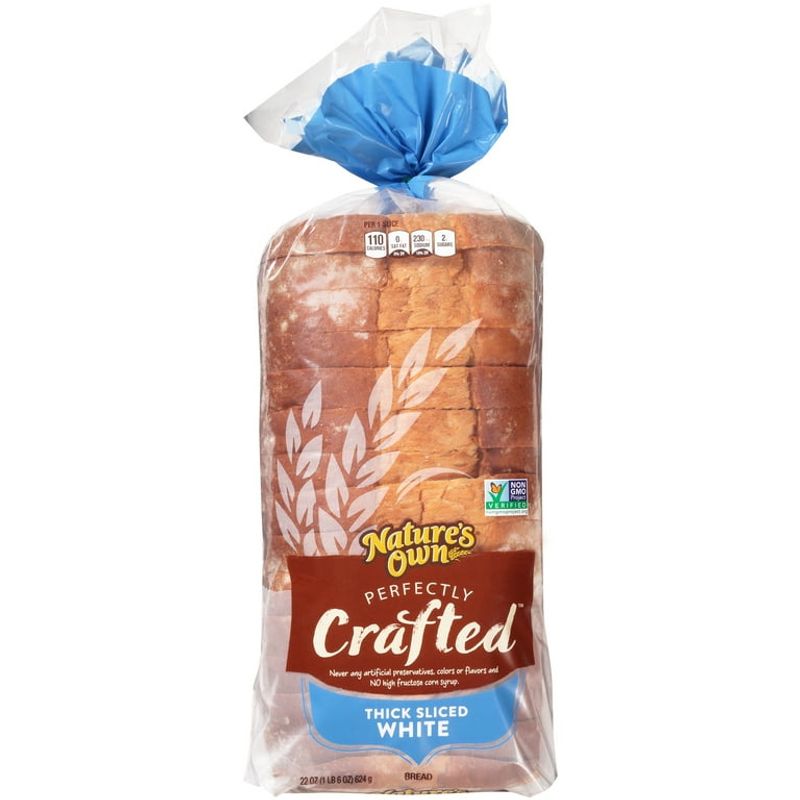
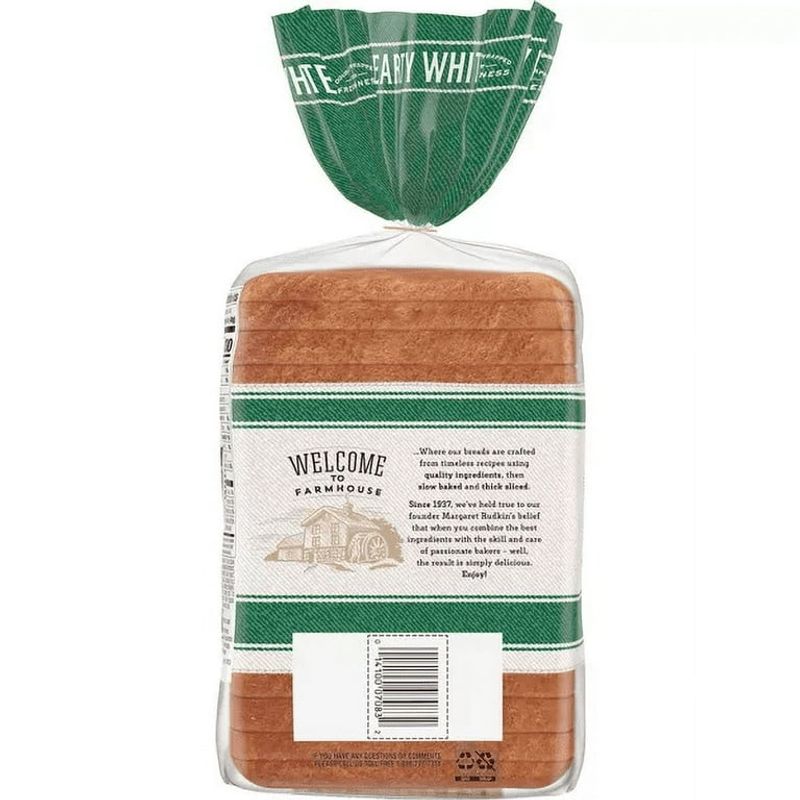
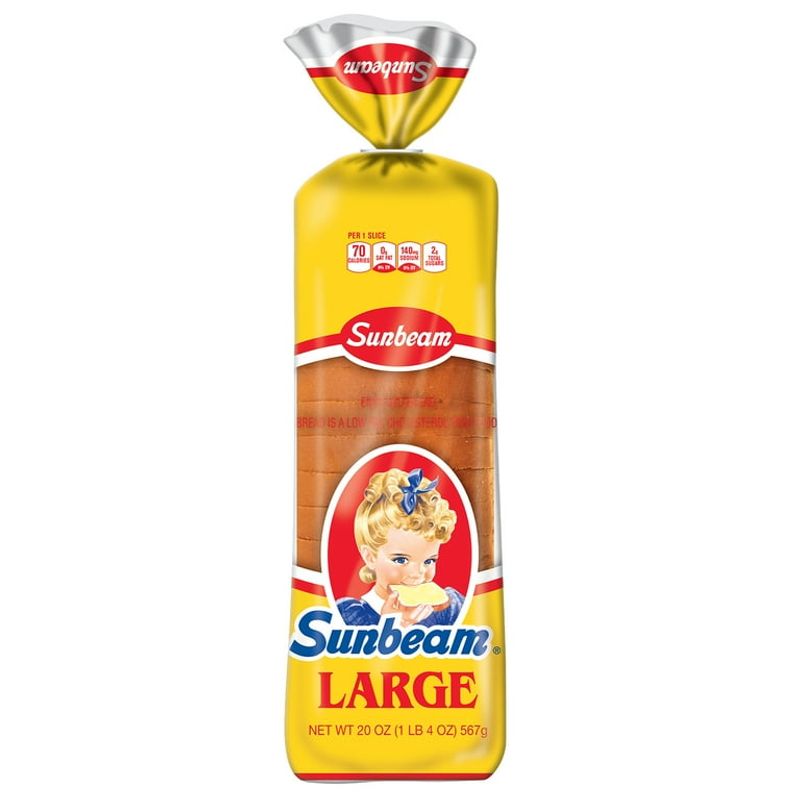
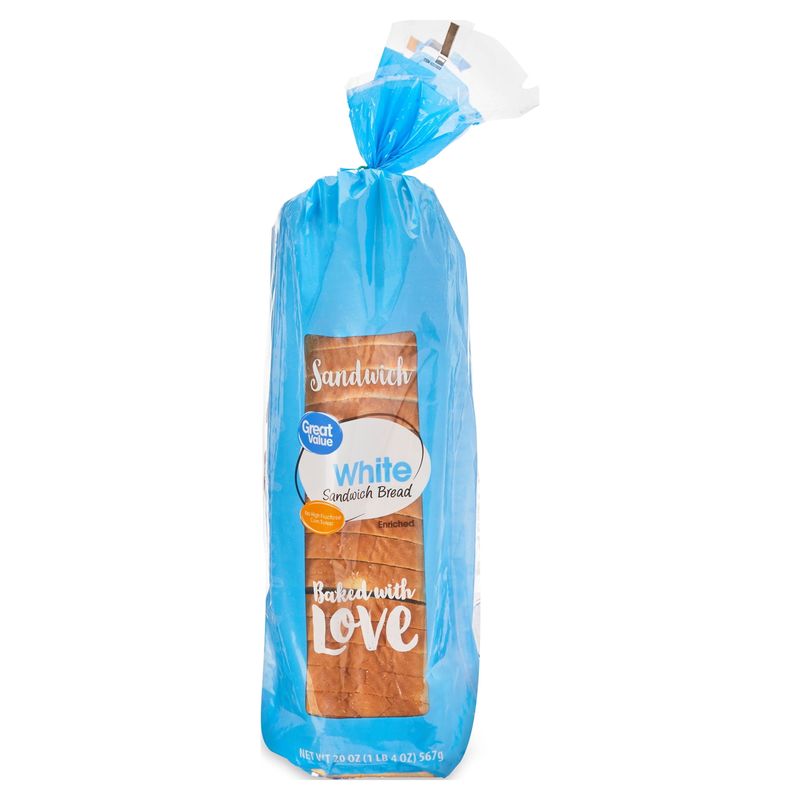
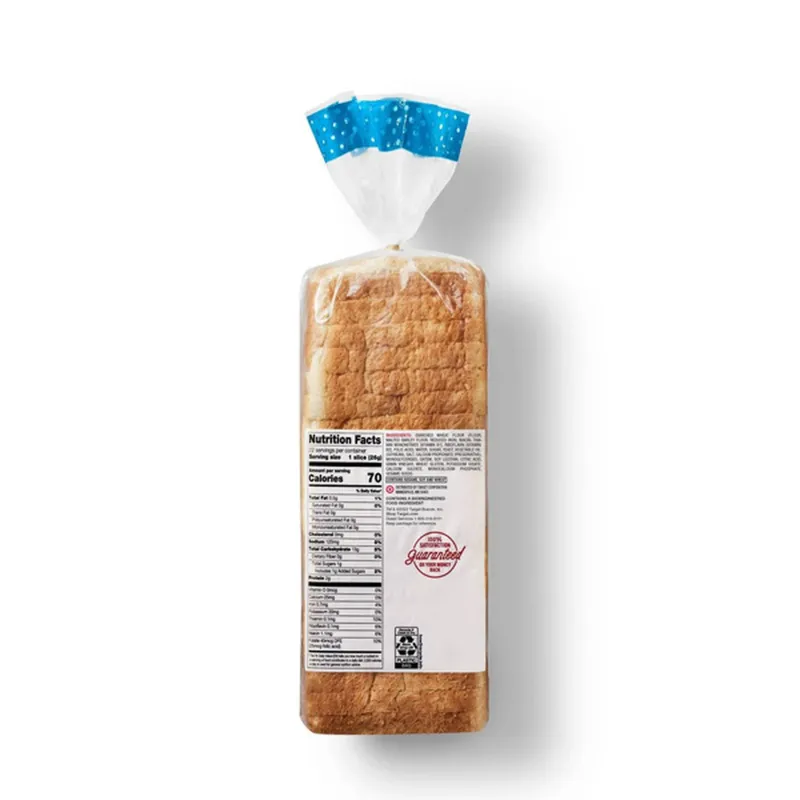
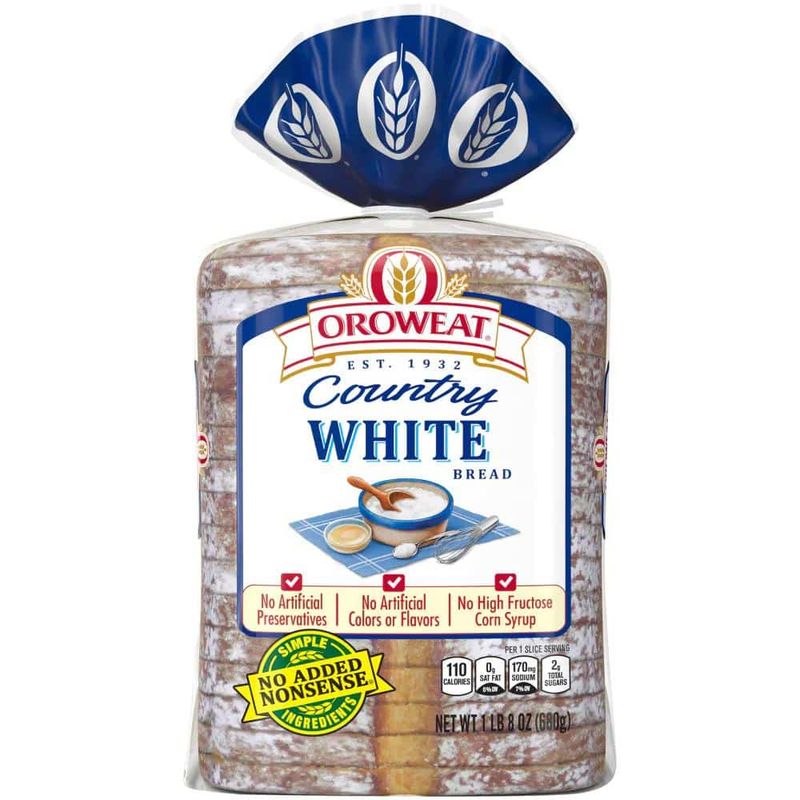
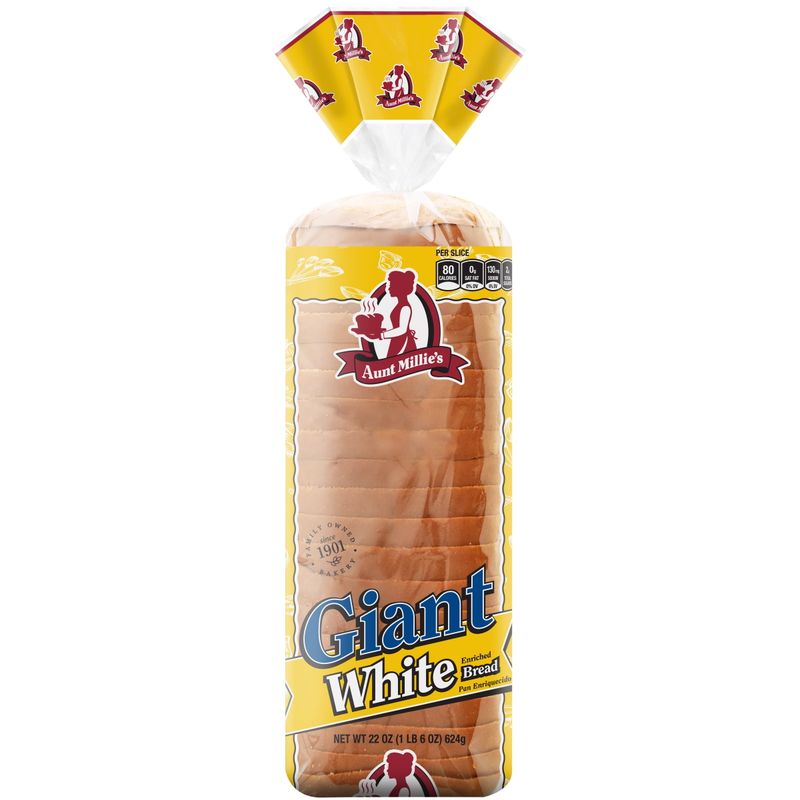
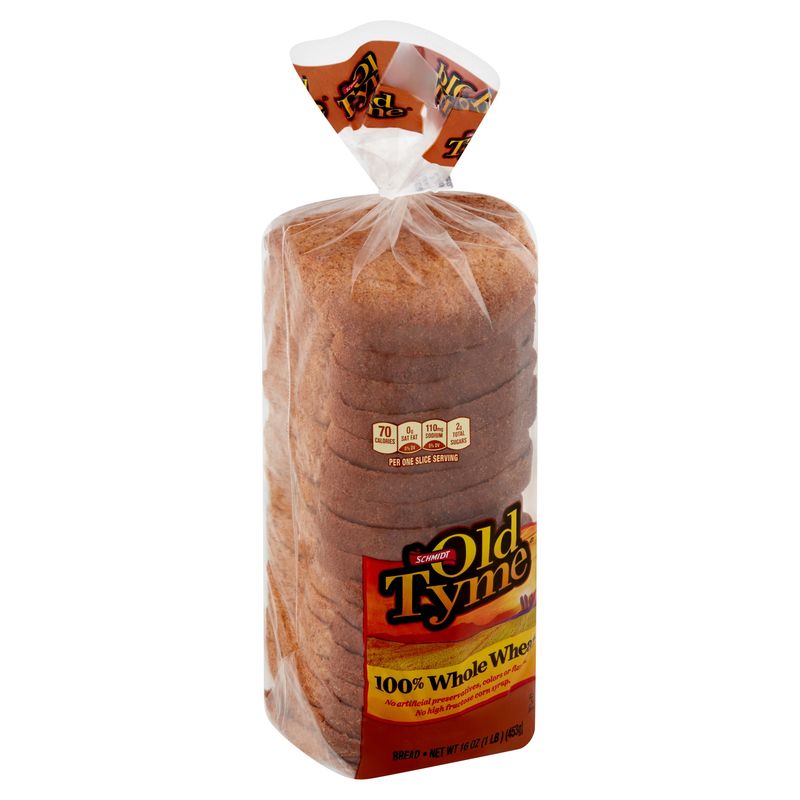
Leave a comment